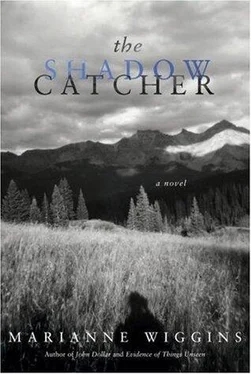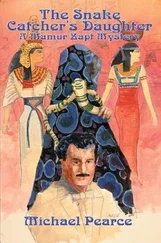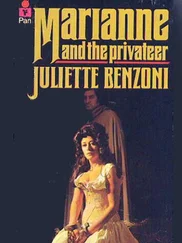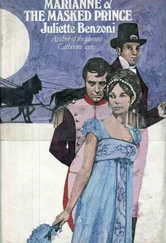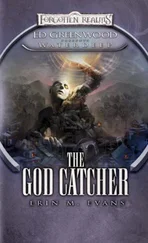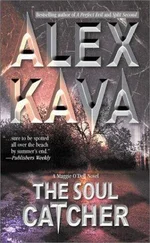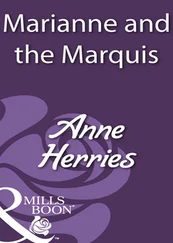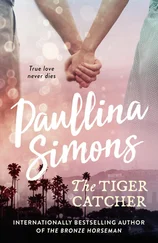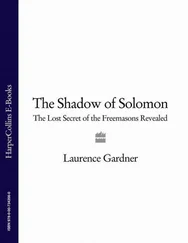How the sound bent, as it passed.
It sounded like a train.
And it made me feel safe.
Even now, in the dark, on my way to Vegas, I keep the window down, hoping I will hear one in the distance. Hear a train. And see one. In the dark they’re scary, moving toward you, that impending headlight hanging in the distance, seeming not to move, until you figure out oh, there must be train tracks over there. In the daylight driving east on this route I see them all the time, usually seeing the first one here, in the Cajon Pass, where the land rises to a sudden 5,000 feet from sea level where the Pacific Plate whacked into the American one. The San Andreas fault runs through here, as do two pipelines, four power lines, Route 15, itself, Route 66, and three separate rail lines. In the daylight I can catch a Burlington Northern Santa Fe toiling uphill here on two engines, dragging several dozen containers from China and Taiwan reading COSCO and HAN JIN into the inland empire from their point of entry at Long Beach or the Port of Los Angeles. Tonight the pass is a necklace of descending headlights trailing toward me, but in daylight this climb is a thriller, the drama of colliding plates strewn across the surface in huge blocks of Pelona schist as big as ship containers, as if the earth, itself, had engineered a train wreck. Here at the Cajon Pass I always feel I’ve really left Los Angeles — after this, the land feels like The West. After this comes the Victorville plateau. After this, it’s Barstow; and the desert. In daylight I like to stop in Barstow, not because, as the sign proclaims on Main Street, it’s the CROSSROADS OF OPPORTUNITY, but because, unlike Las Vegas and a lot of other newly manufactured western towns, Barstow has a past. Barstow has a history. It has ghosts. And many many miles of tracks. It takes its name — like Seligman and Kingman, Arizona, do — from a train man, and Burlington Northern Santa Fe still operates its main RR Classification Yard there. Route 66 is the Main Street, now both alarmingly tough and despairingly shabby, and there’s a railroad museum tucked beside the tracks, but the real roadside attraction in Barstow is the surviving Fred Harvey House built into the depot. Curtis was back and forth through Barstow on his way into the desert to photograph the Mojave, Walapai and Havasupai tribes, and he must have stood beside the tracks in front of the Harvey House a dozen times. The restaurant’s a National Historic site now, not open to the public, but I like to stand there and look through the windows. There were a lot of days, writing this novel about Curtis, when I couldn’t understand him, couldn’t bring what I knew about him, his self-generated myth, the few true scattered facts, into a coherent whole. I’d think about jettisoning the project altogether on those days, to take up the heroic tale of Fred Harvey, instead, who seemed like a genuinely nice guy and whose business had as large an impact on Western tribes as Curtis’s. The Harvey Houses were like missions on the Santa Fe Railroad’s camino real —familiar places in the wild, places where travelers could disembark in desolate and unknown territory and feel immediately at home . It was Fred Harvey’s brainstorm to feature Indians along the tracks, in front of Harvey Houses, sitting nonthreateningly on blankets, selling baskets and turquoise trinkets to the passengers as they stopped along the way in Lamy, Albuquerque, Phoenix, Flagstaff and the Grand Canyon. Fred would feed you Blue Point oysters, iceberg lettuce and vanilla ice cream at some one-hundred-degrees-in-the-shade outpost in Arizona or New Mexico, courtesy of his contract with the Santa Fe to take delivery of refrigerated goods for free, and you would practically expire on the spot not from the heat but from the miracle. Then Fred’s Harvey Girls would lead you out into the blasting sun and point you toward some Indians sitting on the platforms — point you toward some Zuni beadwork or a handy Hopi feathered headdress or an Apache bow-and-arrow set which would look so good hanging on your wall back in Cambridge, Skokie or the Bronx. It was Fred Harvey’s idea to transform people on train journeys into consuming entities, into packets of consumption: Johns and Marys into tourists . Nothing wrong with tourism, I’m a tourist here, myself, I stop and poke around a lot when I’m en route because I think that’s the point of travel. I picked up the habit of stopping to investigate roadside attractions from my father on those early trips. I once followed a sign back in Virginia to a little white wayside building by a scenic pine wood where Stonewall Jackson had died. There was no one there (again) but me. And a sign with a green button on it that read PRESS TO LEARN. The voice of a U.S. National Parks Ranger came out of a hidden speaker when I pressed the button and told me the story of how Stonewall Jackson had been shot accidentally by a member of his own corps, brought to this little cabin where his arm had been amputated, where his wife had been summoned and where he had taken his last breath. I stood there with the talking hidden speaker until the recording of the ranger’s voice stopped, and then, when it stopped, the world was suddenly much quieter than it had been all that morning. From that silence, right there, there was delivered to me, whole, a story I called “Stonewall Jackson’s Wife,” and the whole story arrived, start to finish, the way a train arrives; connected, in a logical sequence; complete, in and of itself. That’s the only time in my life a story has produced itself for me like that out of a roadside attraction, but: you never know. I’ve stopped at a lot of roadside attractions, and it’s the same as waiting for a photograph to assemble: you just never know when, or where, or how, or if the thing will happen. Nine times out of ten — no: nine hundred and ninety-nine times out of a thousand — no miracle occurs, no eighteen wheeler thunders past you on the road, blasting out a noise that reminds you of the sound your nation makes: but, still, I stop because it’s worth the gamble.
Maybe I stop because my father used to.
Certainly he’s the reason I’m enamored of a passing train, because as well as taking those road trips back and forth between our home in Pennsylvania and my mother’s parents’ home in Virginia, my father used to take me on drives from our home in the suburbs of Lancaster out into the county to the church his grandfather had founded and to the farmland where he had been born, and we used to stop at all the railroad crossings to watch trains.
On those journeys we were alone, the two of us, there was no Mary in the backseat asleep because my mother didn’t like my father’s family’s church, it went against her own Greek Orthodox religion, where there were priests who wore embroidered robes and chanted in a minor key instead of a preacher with a turkey neck in a drab suit fulminating against sin.
Stopped at the railroad crossings I counted cars — it was my job.
Lancaster had the largest stockyards east of Chicago in those days so a lot of cars were cattle cars. Some of the cars were full of coal. None of them read HAN JIN.
Those county journeys of my father’s were habitual, part of how he thought and lived. Most certainly they were how he lit out, if only for a couple hours, from his loneliness and from his marriage.
Even after I left home I believed they were a form of rescue to him, maybe even a form of meditation so it came as no particular surprise one day after I was married and a mother, myself, living in New York, when Mary called to tell me, “I don’t think John came home last night.”
She wasn’t sure.
That was the way things were between them.
Uncertain.
“The boys called from the store, he hasn’t been there yet, to open.” It was noon, and for as long as I could remember John had left the house at six o’clock each morning to open up the store for his employees.
Читать дальше
